Horses are beautiful majestic creatures that have been with us since the beginning of time itself. It appears as though we’ve always traveled together, since prehistoric times, and this has continued onwards to this day.
We’ve evolved together, and for better or for worse, our civilization was built on the backs of these hardworking four-legged friends.
Over the years we’ve learned how to understand one another and how to react accordingly to certain signs that the horses may give us. Despite this though, many of us don’t actually know how to read these signs anymore.
So, in this article, we decided to give you a brief rundown of the 20 things that you need to keep a look out for about your horse to understand whether your friend is happy, sad, sick or even in pain.
That’s right, your horse may not actually be all that vocal about it, but they can be in serious pain and they could be trying to convey this to you the whole time without you even noticing.
With that being said, let us go over the bulk of the article, starting off with the very first thing that you need to look out for, and that is:
What Their Posture Says:
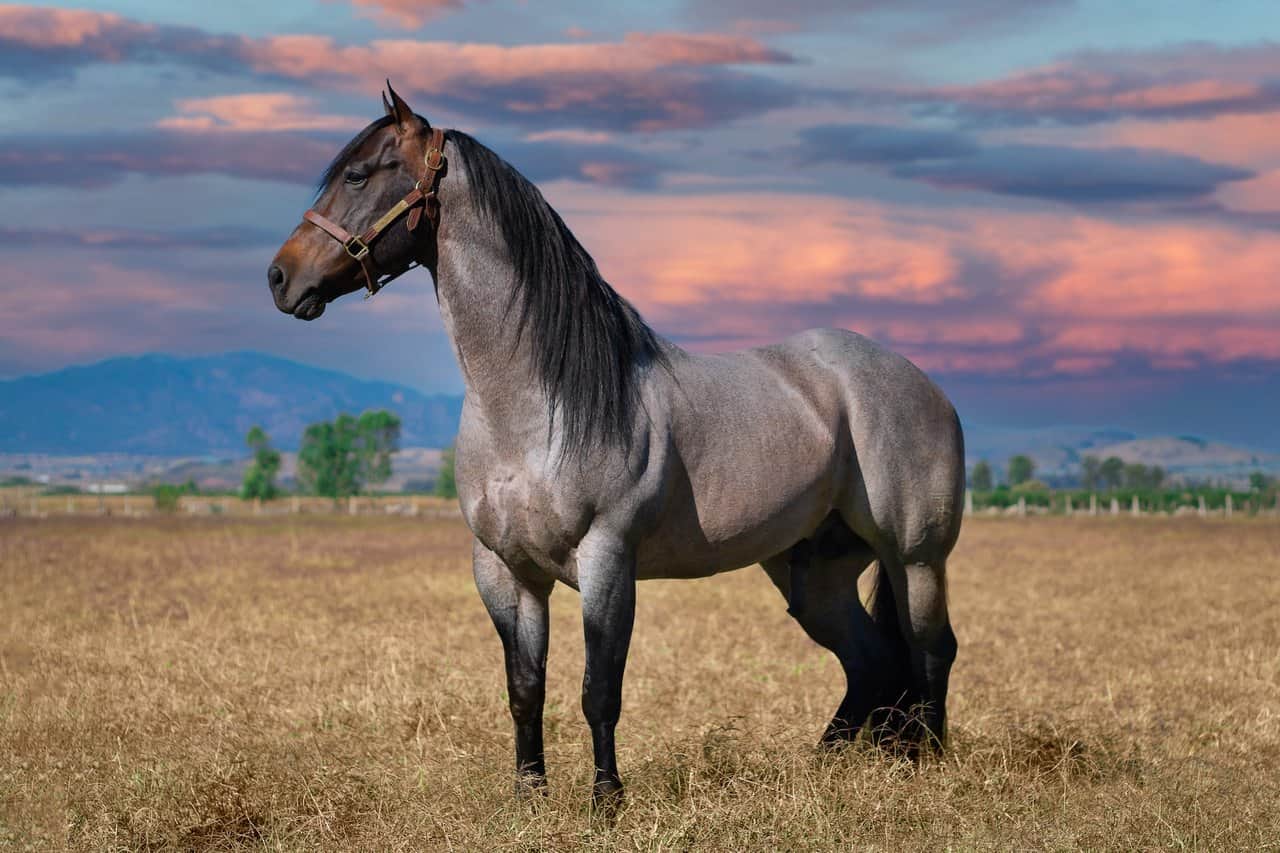
Most of the time, people believe that in order to actually read their horse’s emotions they need to come close to them and inspect them right then and there.
This isn’t true though as for the most part you can actually just simply read their emotions based on their posture alone.
For example, you have the following postures which are very commonly displayed by horses, you just need to make sure that you pay attention to the way they are positioning their own bodies:
Upright Body Posture
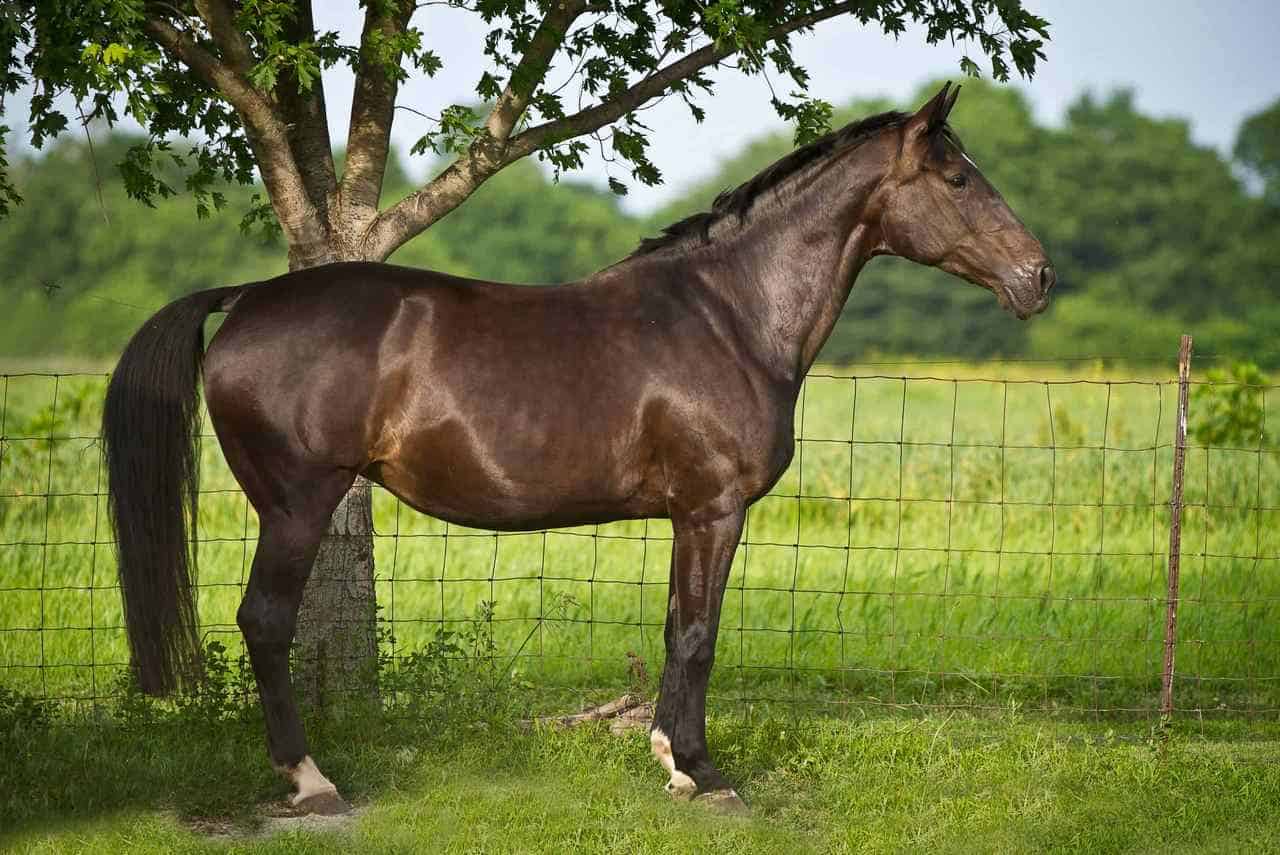
If your horse is just simply looking up and not really displaying any other signs, that means that the horse is happy and relaxed.
If your horse is just minding his own business, resting on one hind leg for example looking forwards with their ears facing in front of them, you don’t have anything to worry. This simply means that they’re enjoying their spare time. Also keep a lookout for their eyes here.
If their eyes have the signature white in them, that means they are distressed, but if they don’t have any white in there then they’re pretty much as calm as they can be.
Downwards, Dozing Body Posture
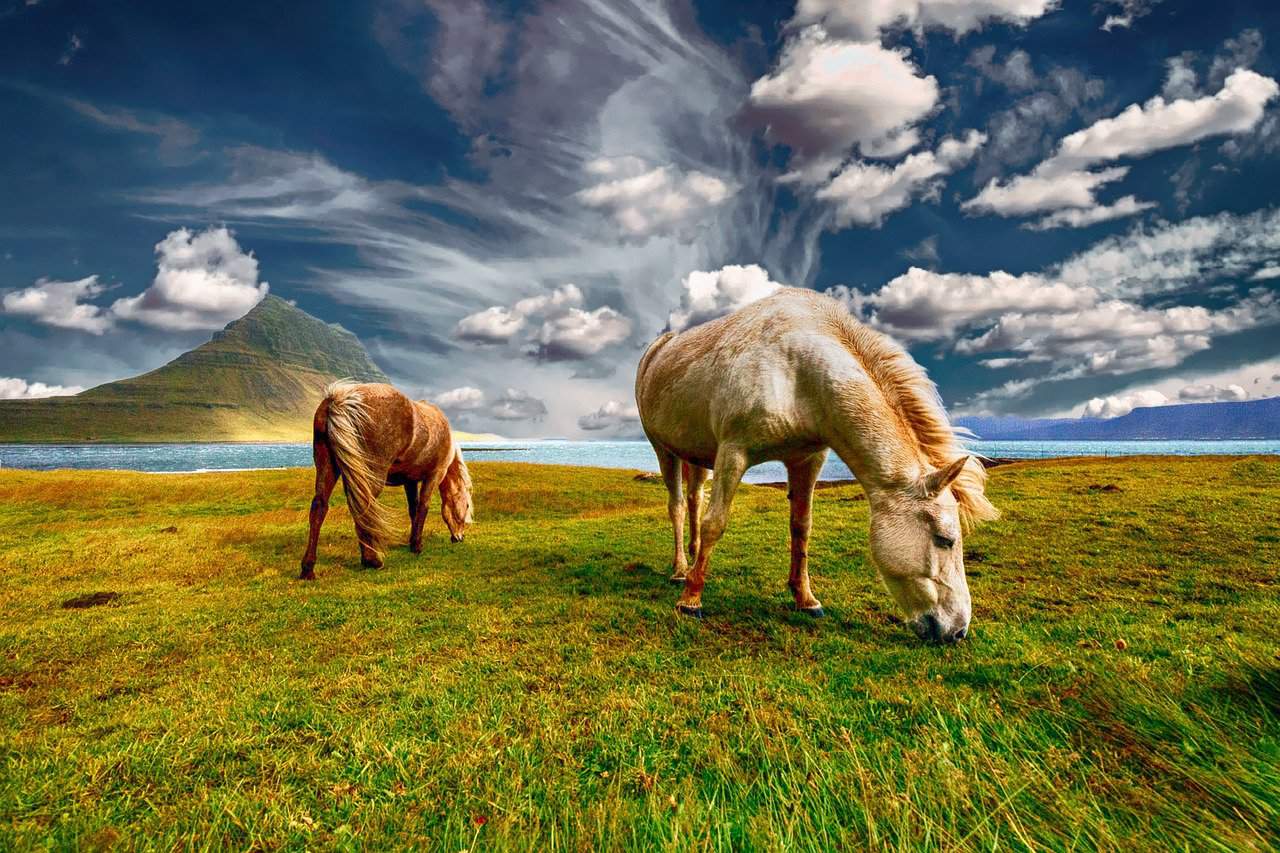
If their position is a bit more relaxed though, slightly droopy if anything, then your horse may be depressed. This is often times a sign that the horse has given up on its wellbeing, and that it has learned helplessness which is often times a sign of being mistreated.
If you see your horse act like this and you think they’re just sleepy after working all day long, you may want to let them roam around for a little longer, maybe give them their favorite treats and play around with them a little.
Tensed Posture
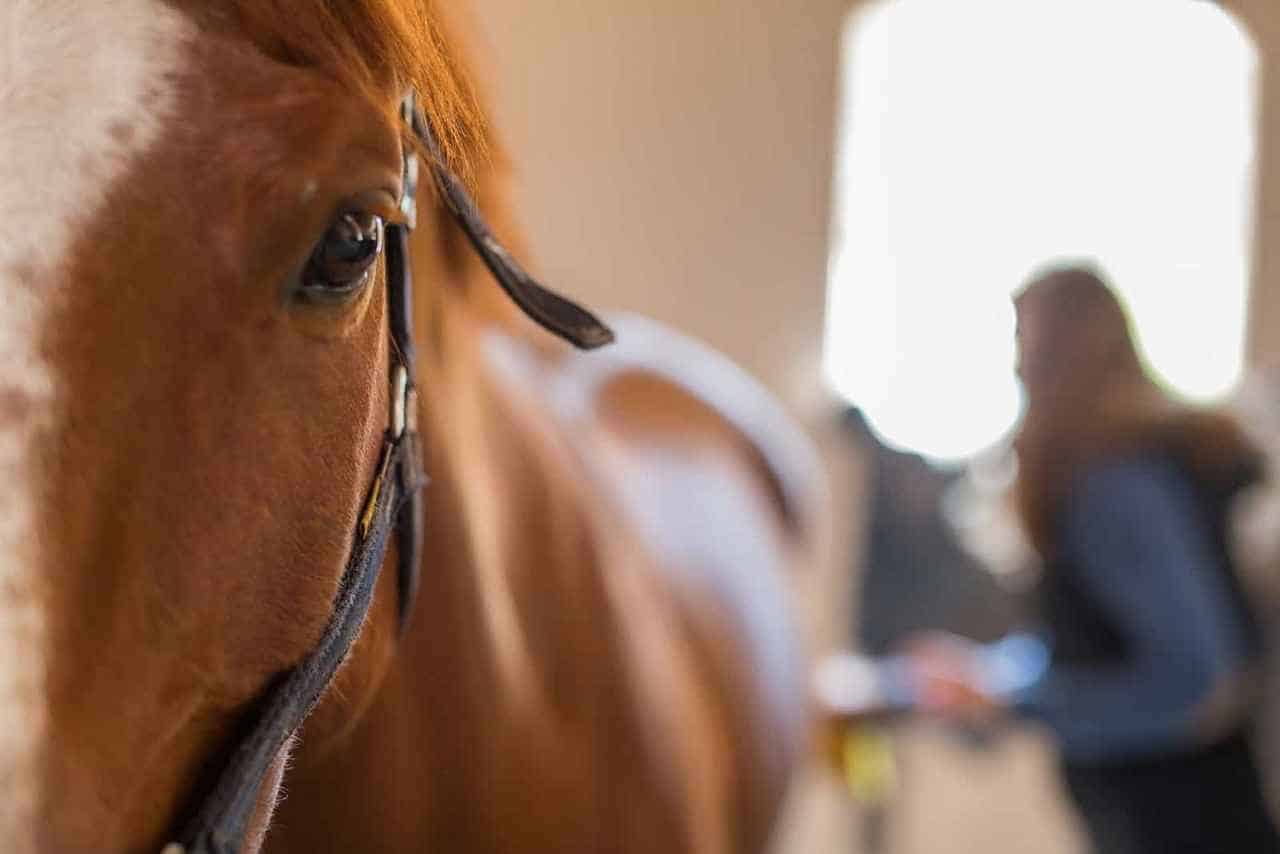
At the same time, if the horse actually has a very tense posture, with its muscles showing, then that may very well be an indicator of the fact that the horse is worried for its own safety.
Usually, tensed horses will have their head raised and their ears held back. Sometimes they will also have their muzzle tensed with square nostrils and you can easily tell that their cheeks are also very tensed.
Another indicator that your horse is worried is if they are sweating profusely. This either means that the horse is in pain or that they are just really anxious about something.
Reduced Movement

This is a very good indicator of the fact that your horse may very well be depressed. We should preface this by stating that it could also mean that your horse is just tired, but if they haven’t been doing much all day long and this continues for long periods of time, you will need to do something about it.
If your horse is just spending all of its time barely moving then this could also mean that they are under a lot of pain and they don’t feel like moving anymore in the first place. Either way, check in with a vet and make sure to play with them and give them treats to brighten their mood.
Facing the Wall
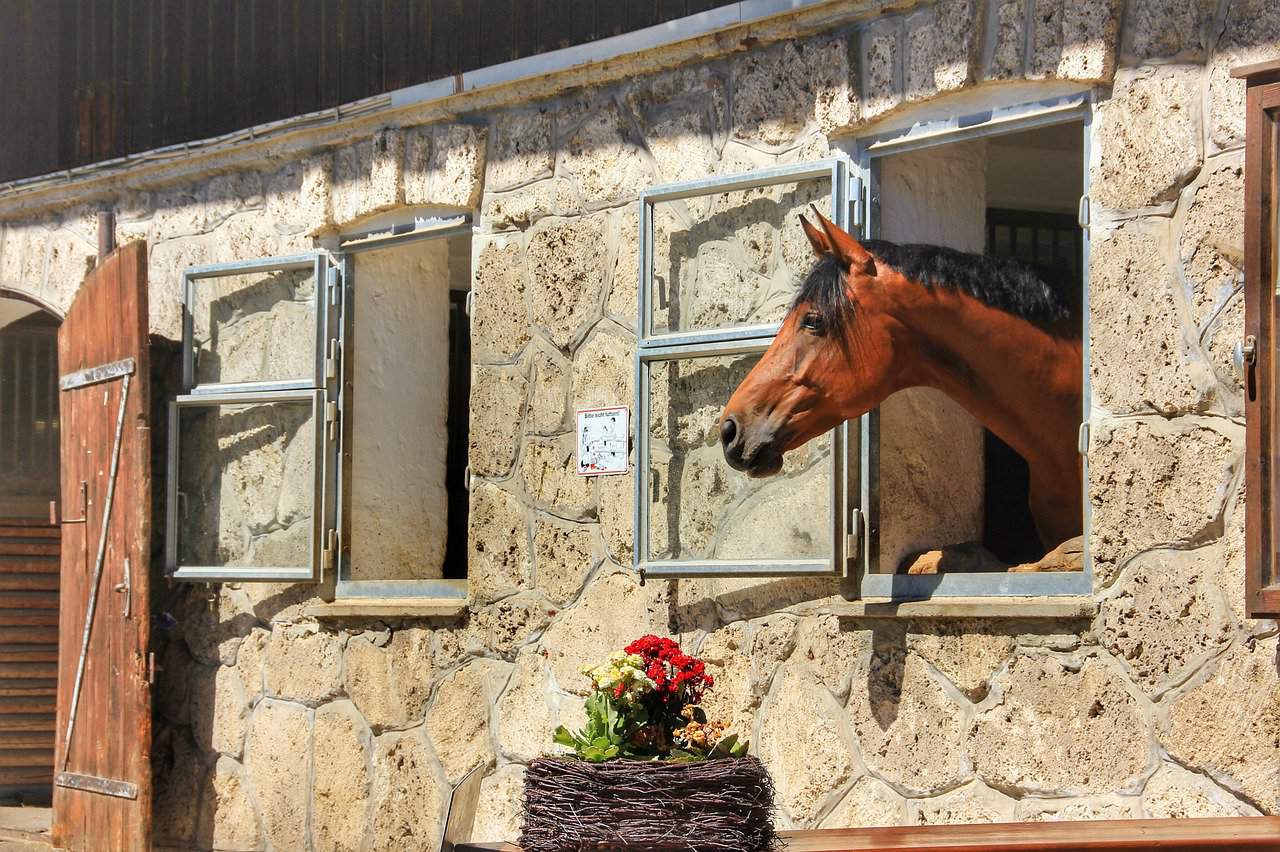
Facing the wall is another great way to tell that your horse is depressed. If all they do is stand around and look into the corner then they’ve pretty much given up on their own wellbeing and instead they are just going through the motions.
It is sad when this happens, but it is usually a sign that your horse has just gone through a long period of chronic stress and that they need help to get back to their usual groovy selves.
What Their Ears Are Saying:
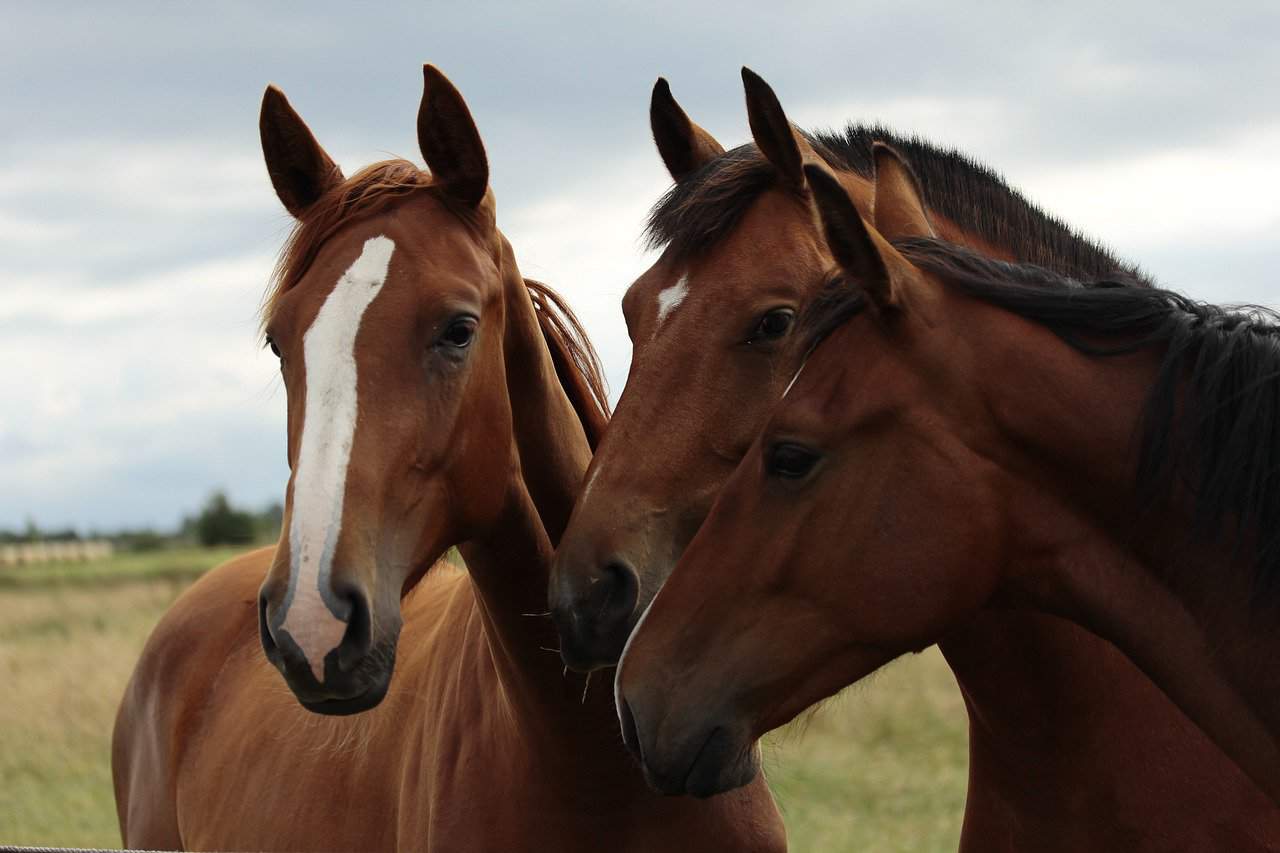
Believe it or not but you can also tell quite easily what your horse is actually thinking based on the way they position their ears. For example:
Ears Pinned Back
If their ears are pinned back, then this is a sign that you need to back up because they are about to attack. This is a very clear indicator of the fact that your horse is very anxious and angry, and that they will most likely end up biting you if you get too close.
Interestingly enough, if their ears are only slightly pointed back then that simply means that your horse has heard something behind their back and they want to listen in on what’s happening. This means that your horse is not actually angry or scared, but that they are attentive or alarmed by something.
Ears Flicking Back and Forth

If your horse’s ears are constantly swiveling, flicking back and forth the whole time, then that is a sign that something has really scared your horse.
This means that you need to reassure them because they heard something around them that scared them and they are very frightened right now.
Calm them down and make sure that you identify the source of the distress so that your horse doesn’t get violent because of how scared they are.
What Their Eyes Say:

Interestingly enough, their eyes may very well be their most expressive part of their bodies because they immediately change based on their current disposition. For example:
Eyes Open Wide
If their eyes are tightened and wide opened then that means that they are stressed out or scared for their lives.
This can also be accompanied with the tightening of the rest of the face and it can be a very good indicator of the fact that they are looking for a way to get out of this precarious situation they’ve found themselves in.
Eyes Blinking a Lot
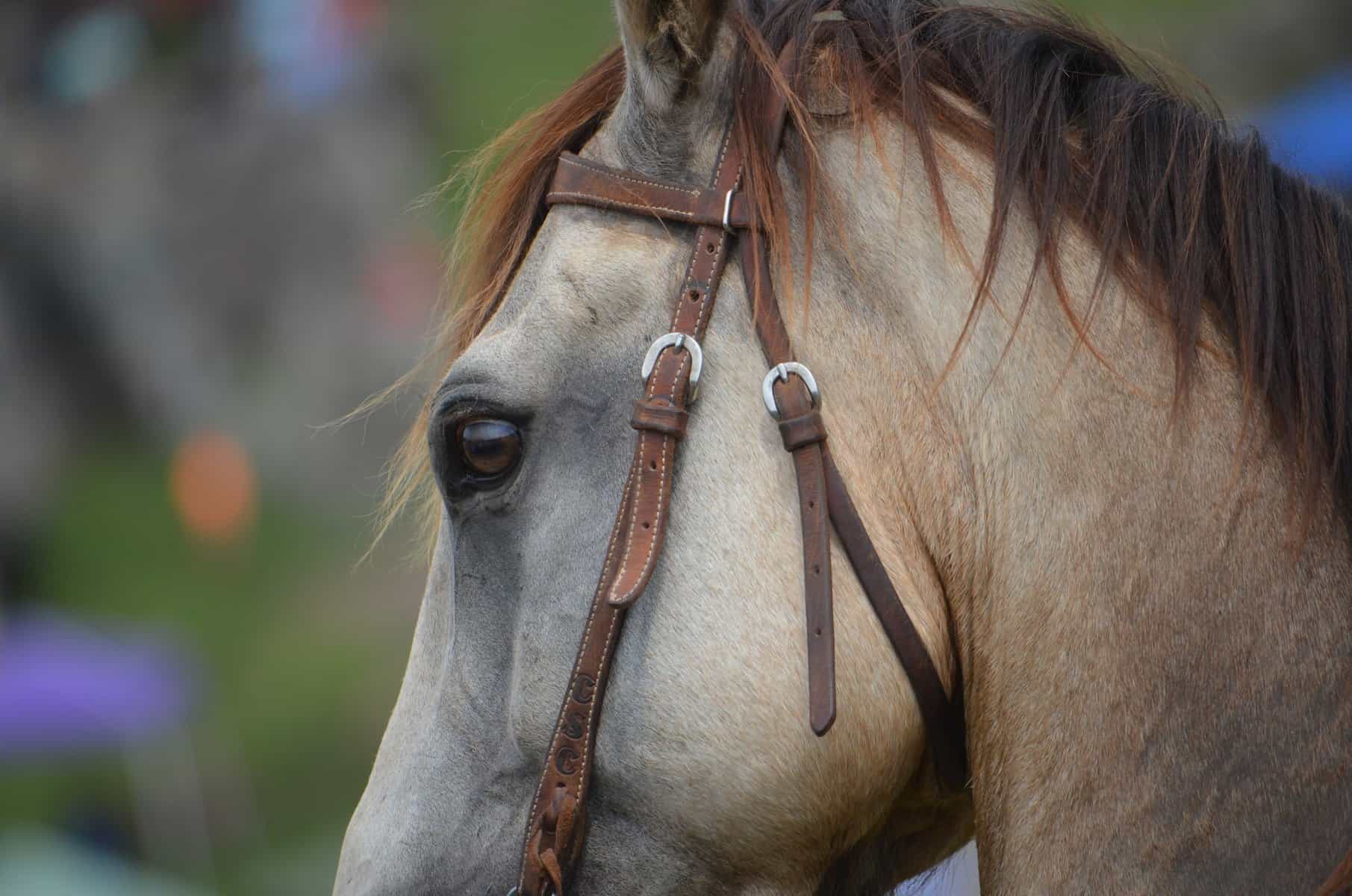
If your horse is blinking a lot and is overall very relaxed then that means that they are completely comfortable around you and that they’re not actually under any sort of stress whatsoever.
When a horse is very scared or anxious, they will not close their eyes for long periods of time so that they can always look around for any potential predators.
As such, if your horse is blinking a lot then that means that they feel safe around you and they don’t actually believe that anything bad could happen to them at this very moment.
Whites in the Eyes Showing
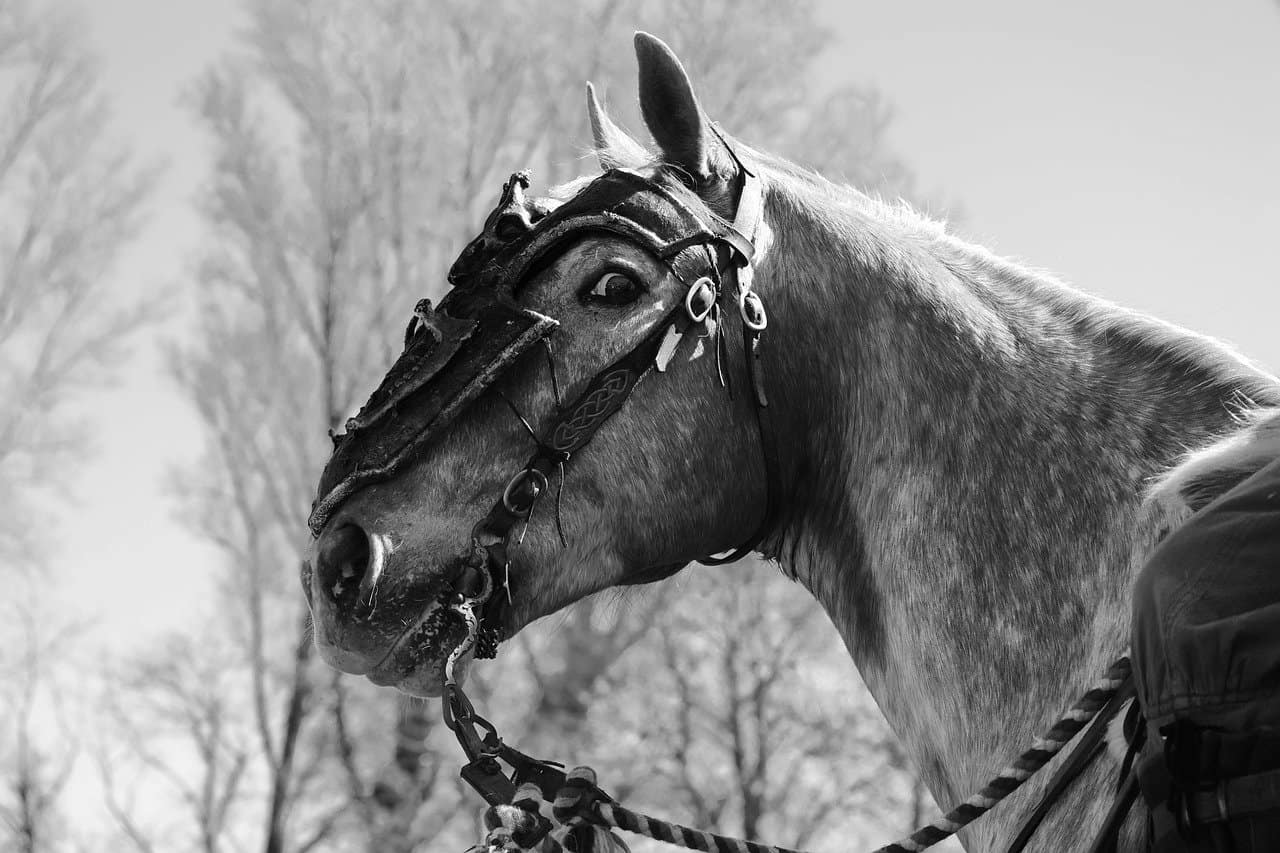
While for some horses, they will always have their white part, or their sclera, showing, the great majority of horses only show the white portion of their eyeballs when they are under a lot of tension.
This means that the horse is about to attack, and it is by far one of the clearest indicators of the fact that you should keep a lookout around them and be very careful about how you are treating them, unless you want to end up being bitten or kicked.
What Their Head Movement Says:
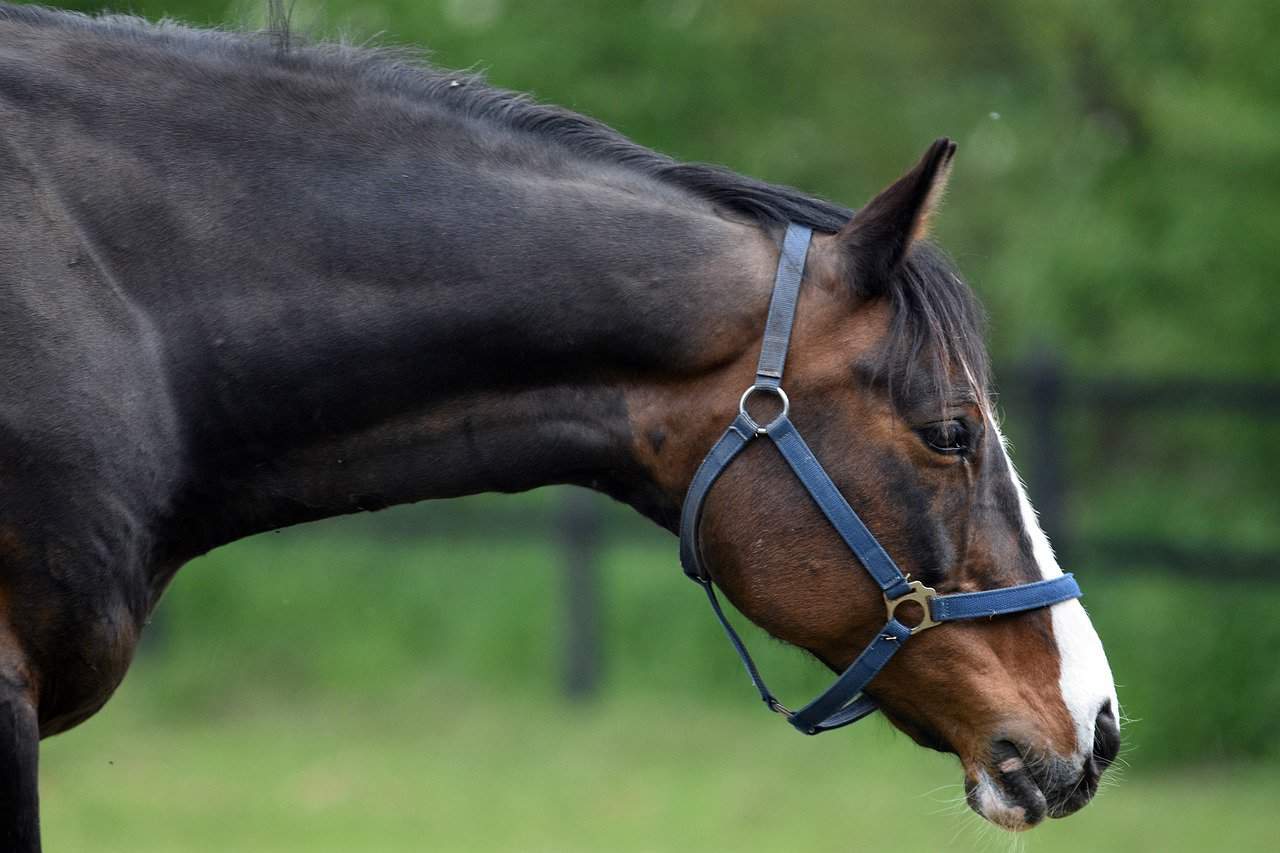
Another very good indicator of your horse’s overall mood has got to be their head movement. For example:
Head Raised Direct Eye Contact
If your horse’s head is raised upwards and they continue to keep eye contact with you or anyone else around you then that means that they are in a constant state of fear and anxiety. They are ready to attack something or to flee, and you should be there for your horse to calm them down in this case.
Soon after this you should also notice the whites in their eyes appear again and it shouldn’t come off as a surprise that this will quickly result in them biting or kicking you. If the white in the eyes doesn’t show up though you can be sure of the fact that the horse is currently looking for a way to flee the scene.
Shaking Head
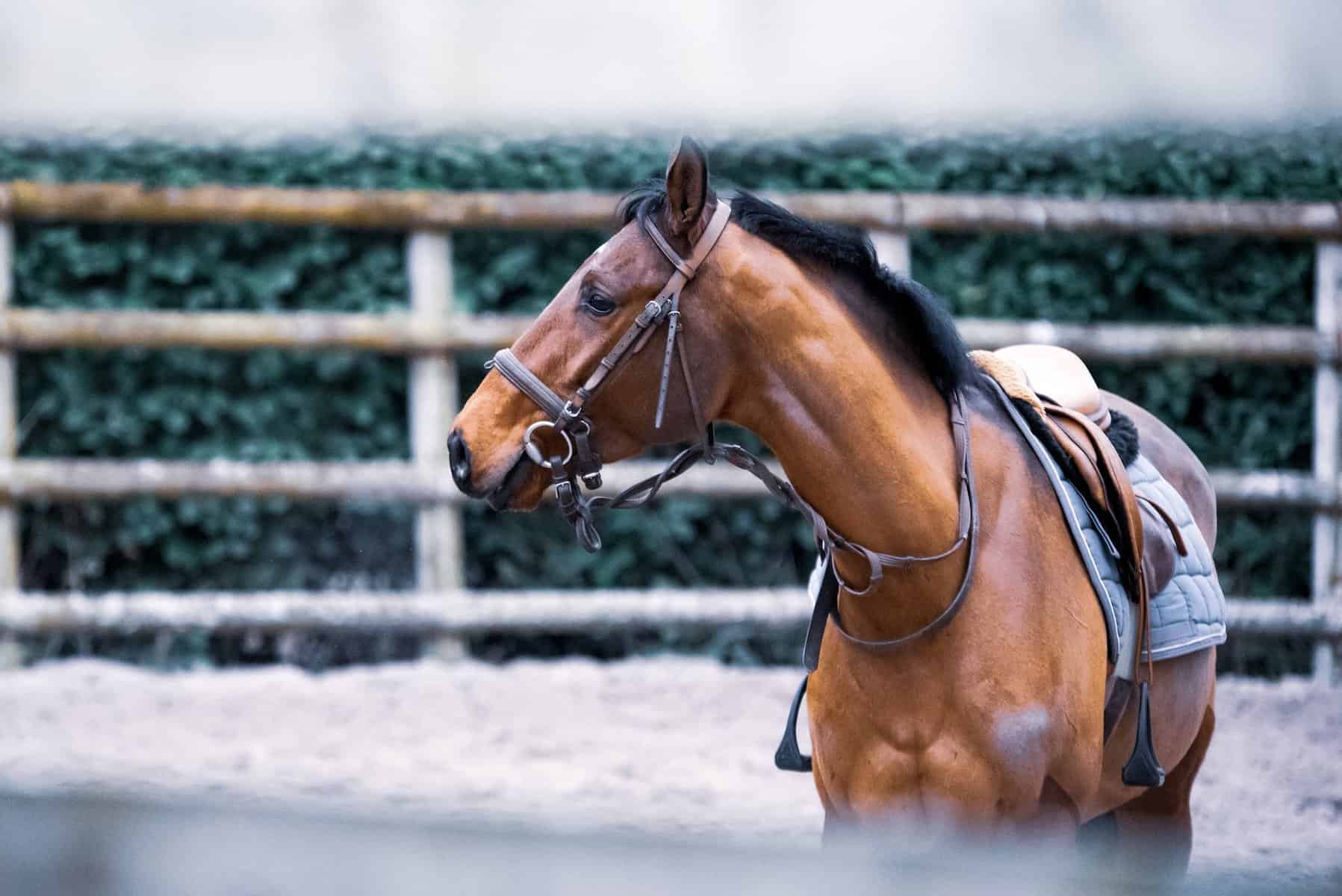
If their head is constantly shaking left to right then that means that the horse does not appreciate whatever you are doing at that moment.
This is a good indicator of the fact that the horse is agitated and that they are bothered by something at this moment.
What Their Facial Expression Says:
At the same time, you can actually quickly tell that if your horse is relaxed, then they will have a relaxed facial expression. What you do need to look out for though is this:
Flared Nostrils

If their nostrils are stretched out and they are drawing in more and more air then they are most definitely either startled or scared of something.
This is a very good indicator of the fact that your horse is currently very nervous, and we always recommend that you take this time to relax your horse unless you want them to panic.
Mouth Opened
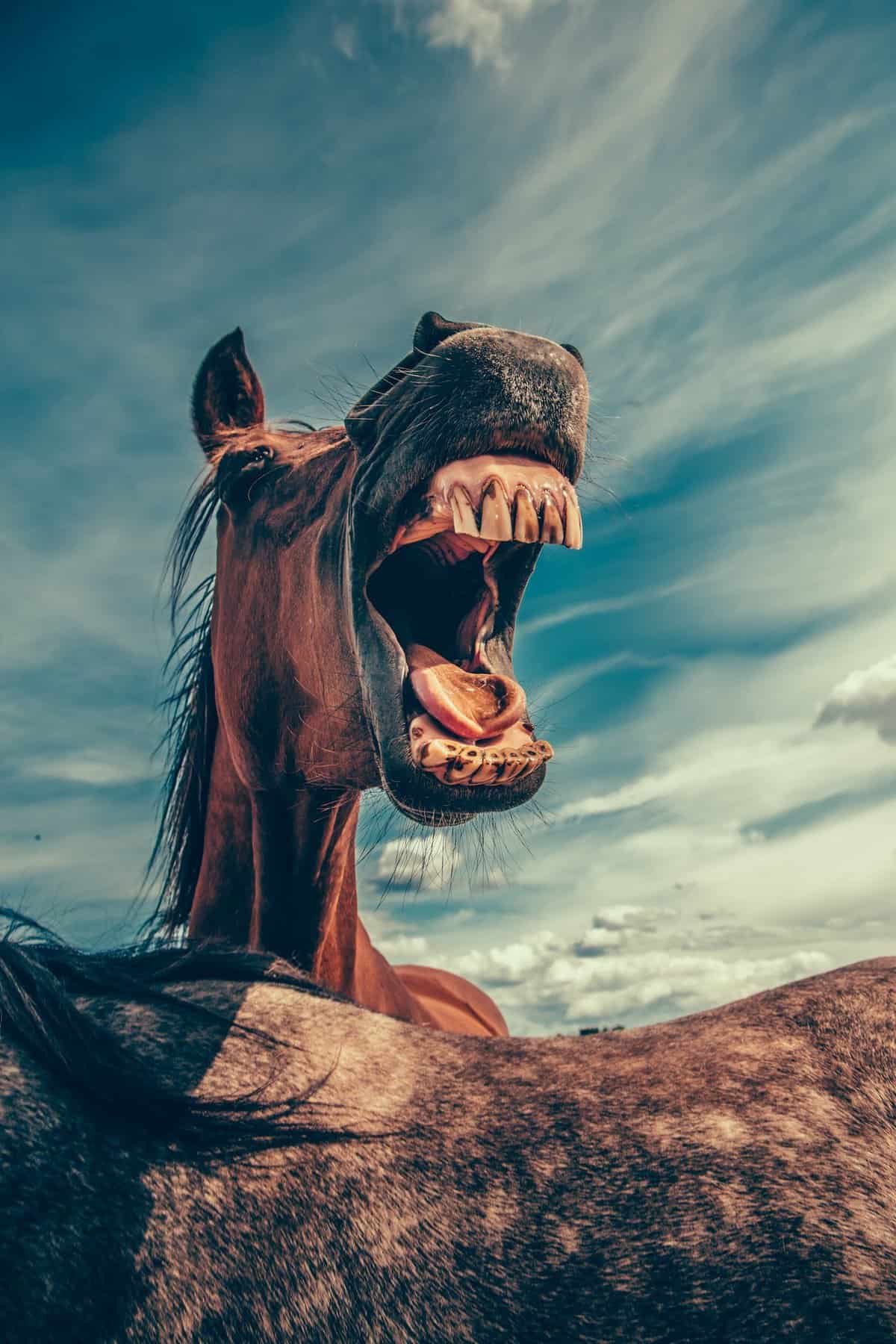
If your horse’s mouth is wide opened with their teeth showing then this is a clear indicator of the fact that they are angry and that they are willing to attack you if you continue with whatever you were doing in the first place.
This is usually followed by their signature white around the eyes, and as soon as this happens, they are showing you that they are either in pain, or that they are willing to attack whoever’s around them because they are in distress.
Licking Lips and Sighing
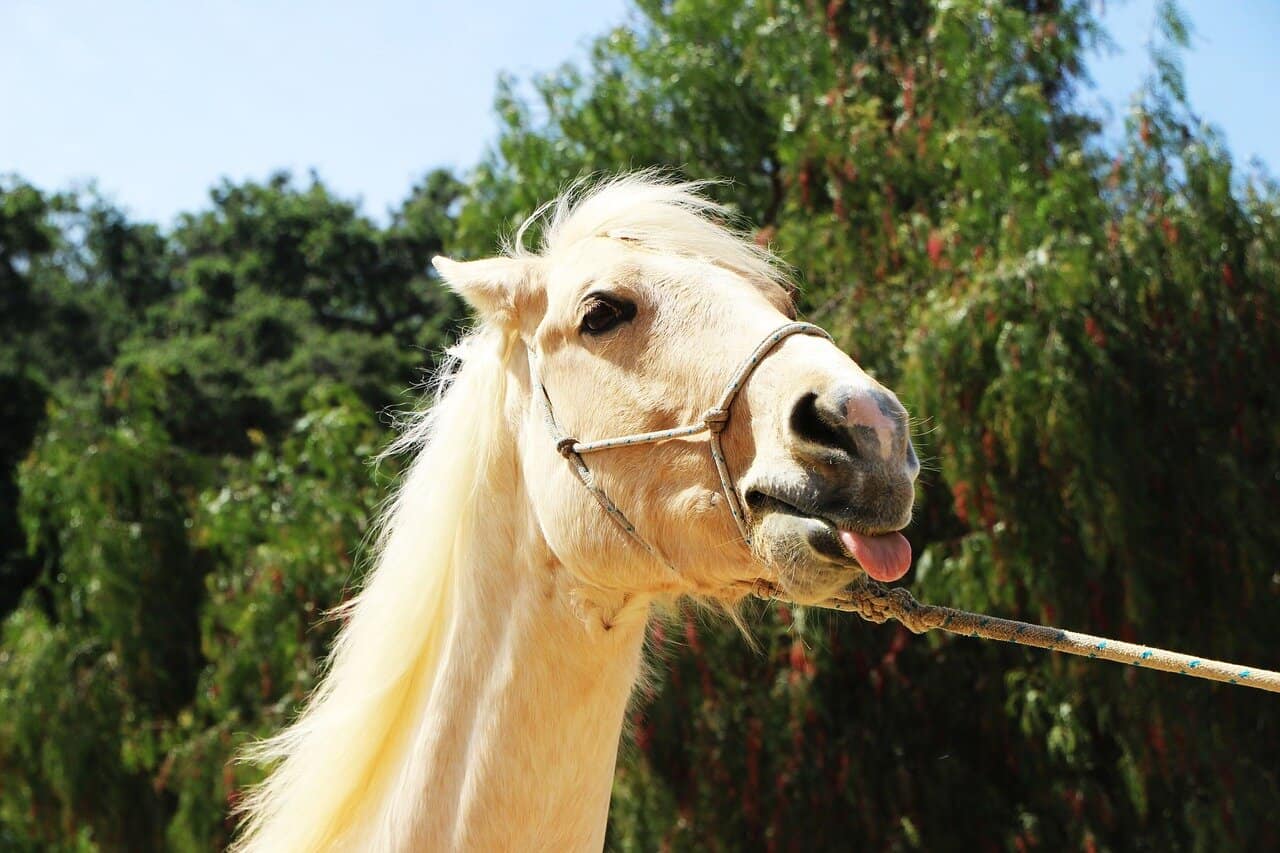
If your horse is constantly licking their lips and they are also sighing at the same time then this is a good indicator of the fact that they are very relaxed and at ease at this moment.
At the same time, you should be able to notice the fact that your horse’s mouth is relaxed and that they have one hind leg cocked in relaxation. This is something you should strive towards because it is a good way to tell that the horse is very comfortable around you.
Grind Teeth
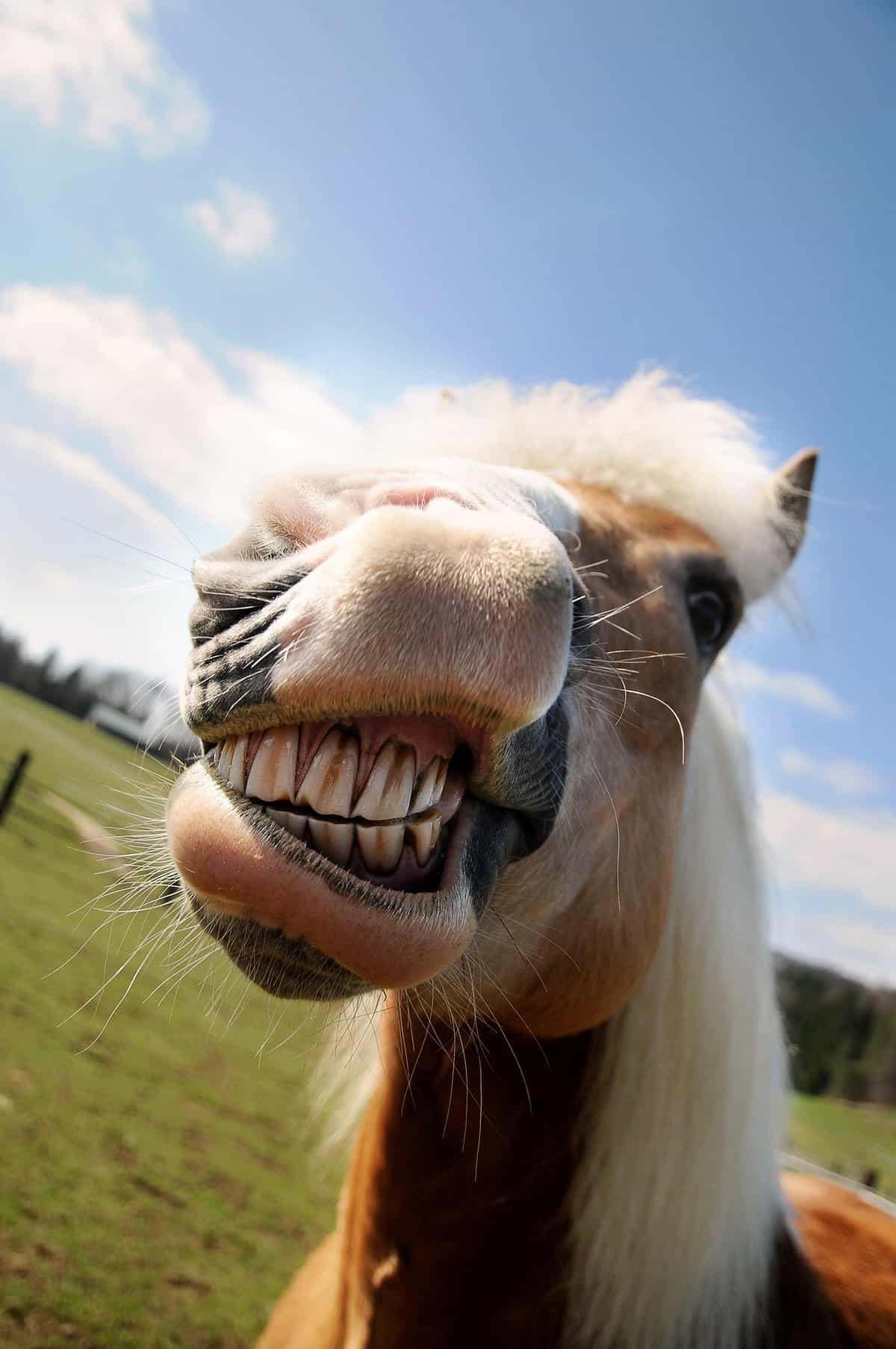
If your horse is currently grinding their teeth a lot then this is a very good sign that they are aggravated or stressed out. At the same time, you should be able to notice the fact that your horse has a very hard look in their eyes.
While this doesn’t always mean that the horse will start attacking you, it does mean that they are under a lot of stress right now and that they are willing to protect themselves if things escalate any further.
Curled Upper Lip

This is pretty much as basic as it gets, but if your horse is currently very angry and they are looking for a way to assert dominance, then most likely they are going to be showing their upper lip.
This is a sign that they are about to attack, similar to the white in the eyes showing. This will also be accompanied by a hard look on their eyes, and most importantly they will usually not break eye contact.
You need to watch yourself around the horse if they do this because very soon after, they are going to pick up some speed and attack anything in sight until they are calmed down.
What Their Lower Body Says:

You also need to keep a very close eye on what your horse’s lower body is like because they can show you their true emotions through the way they support themselves or by the movement of their tail. For example:
Hind Leg Lifted
If your horse is standing relatively relaxed, with their hind leg lifted, then this means that they are very comfortable at the moment and that they are not stressed out in the slightest.
This is usually accompanied by them facing forwards with their eyes open without any white in them. You can also quickly pick up on the fact that their nostrils are slightly oval and their mouth is closed at this time.
Any of the previously mentioned signs of aggression should be missing here as this is where the horse should be at their calmest.
Stomping the Ground
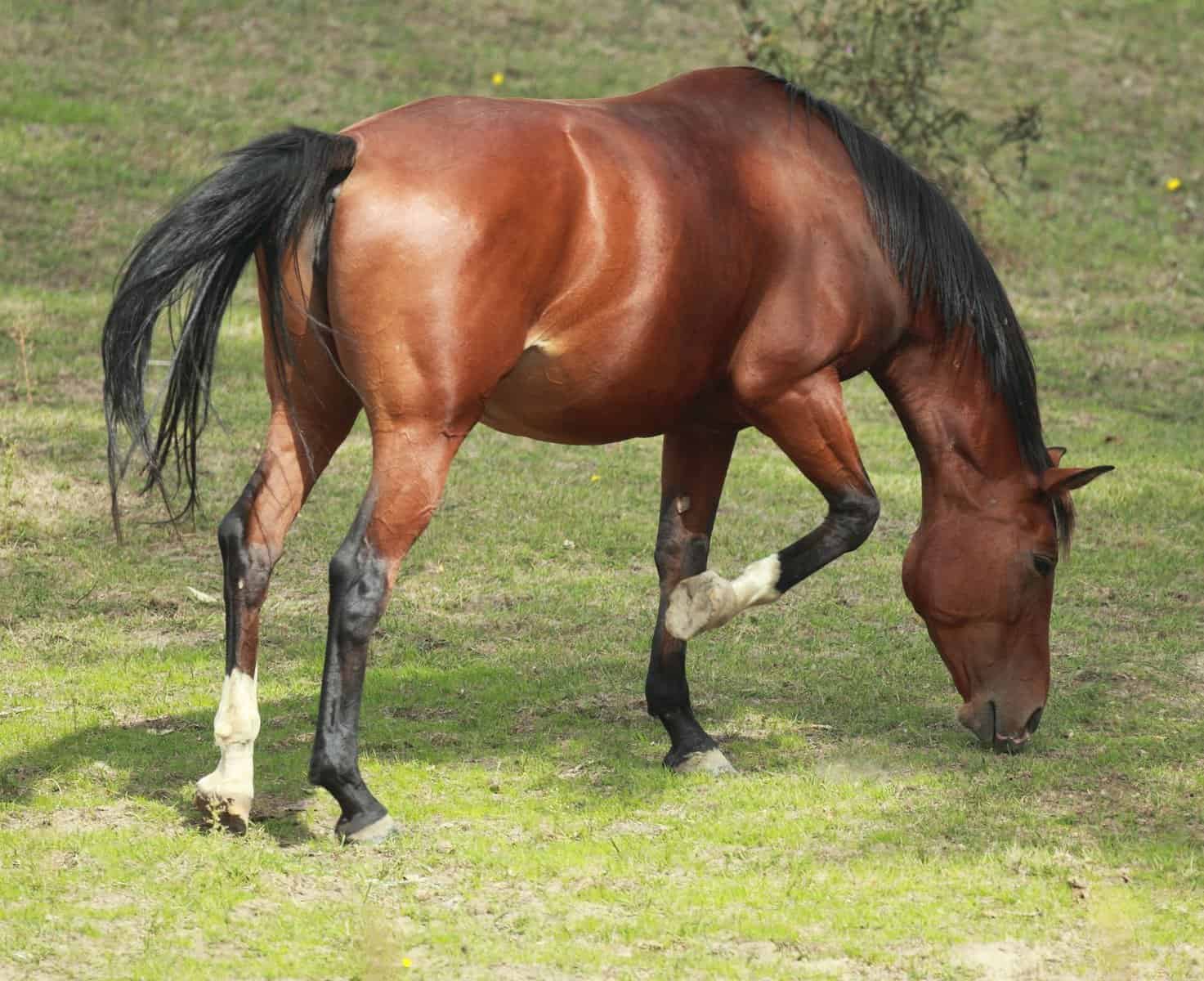
We all know this, but it should still be mentioned because it is a very big giveaway of what your horse is really feeling at this moment.
If the horse is constantly stomping around, raising and lowering their foot, pretty much digging into the ground with every stomp, then they are very irritated and they are starting to get anxious.
This isn’t a sign that your horse is about to attack, but it is a very good way to tell that your horse is not happy. Usually, if a fly is continuously bothering the horse, they will resort to this to show you that something is wrong at this moment.
Wrinkled Swishing Tail
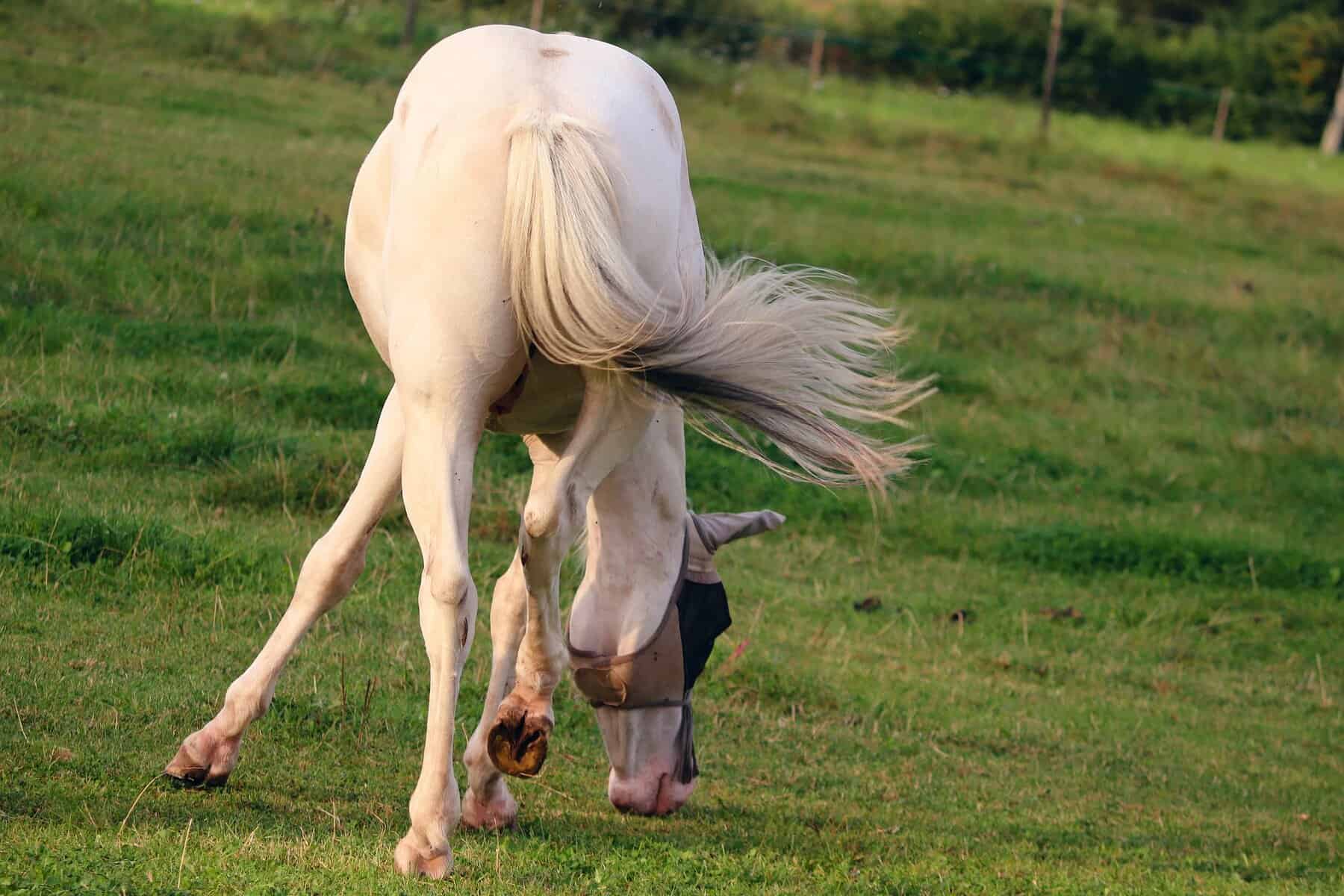
You will need to back away slowly yet surely if your horse’s tail is currently swishing about from left to right. At the same time, their tail will be clamped down and they will often times also have their nostrils flared to show you that something is about to happen.
You also need to watch out because they will often times have the whites in their eyes showing during this time period and their hind leg will be waving around to show you that they mean business.
If this happens then you are currently dealing with a horse that is about to attack you, and we always recommend that you stay as far away from its back so that it doesn’t end up kicking you in this situation.
Conclusion

In conclusion, you need to always look at the horse and whatever signs they may offer you in order to properly read what they want from you. Sometimes, these telltale signs are not that obvious, and you will need to pay close attention to actually notice them in the first place.
But, for the most part, as soon as you start to pick up on them, you should be able to tell right off the bat what your horse is feeling and more importantly, what they’re going through.
React accordingly to each one of these signs and you should be able to get a better relationship with your horse at the same time. Good luck taking care of it and most importantly, remember to give your horse a treat and a pat on the head every now and then. They deserve it.

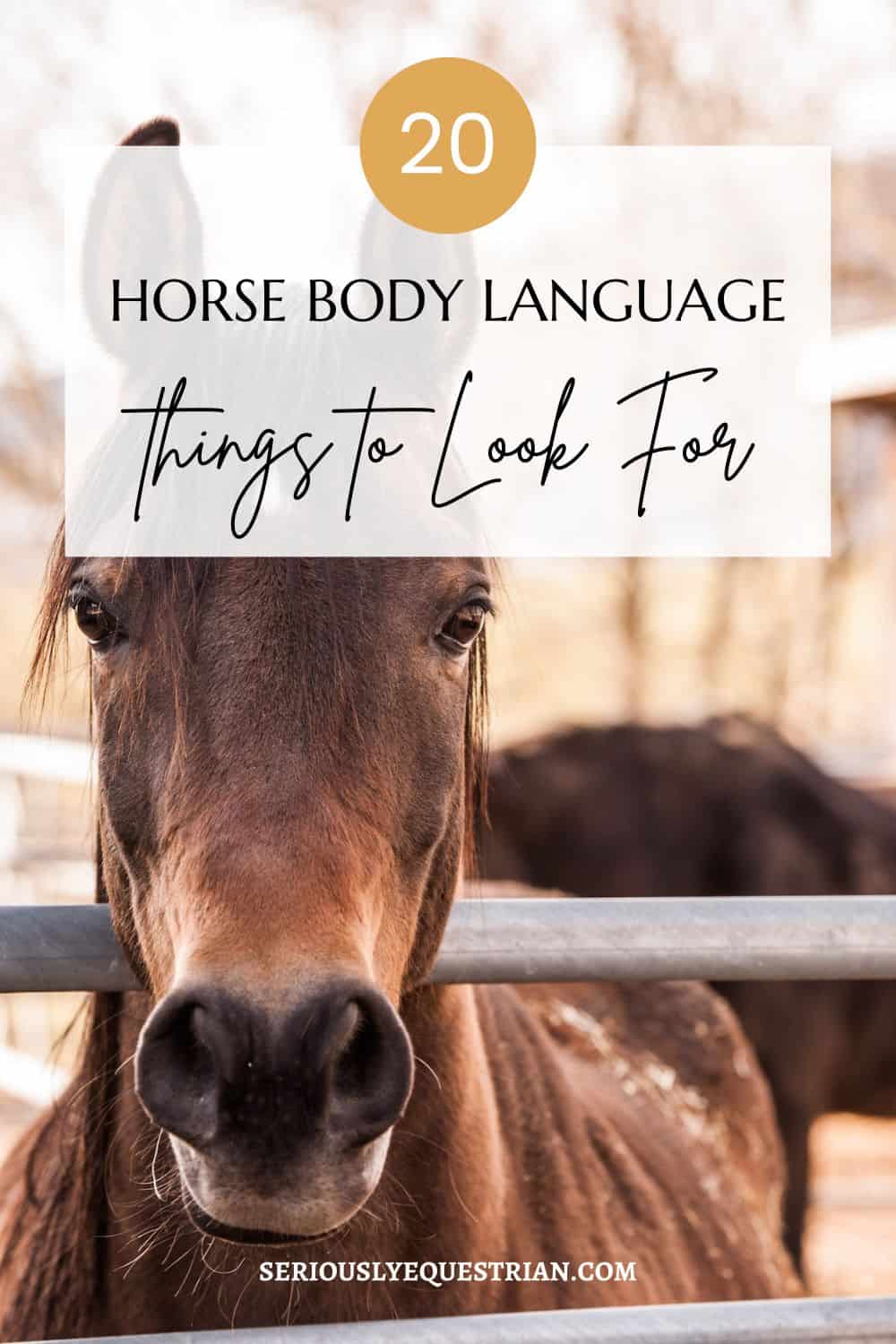
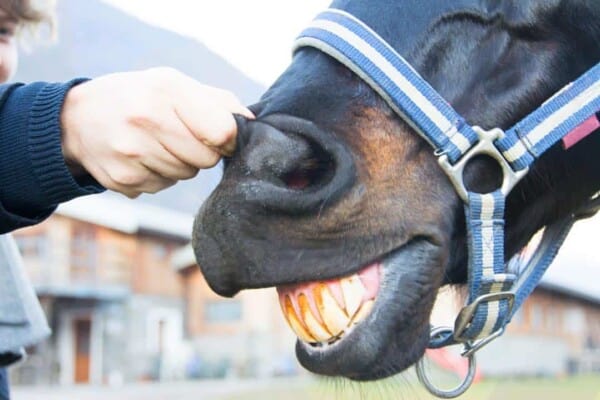
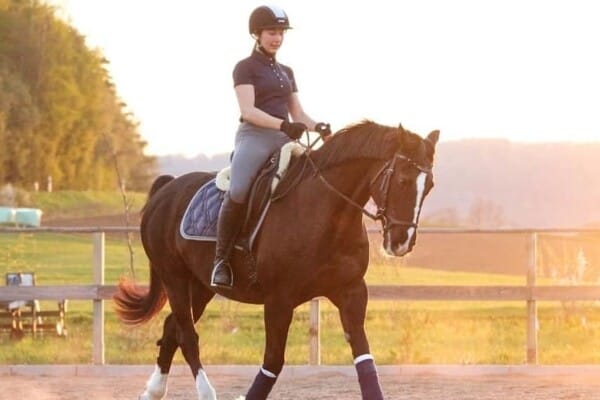



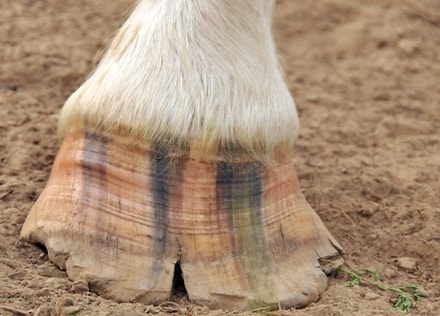
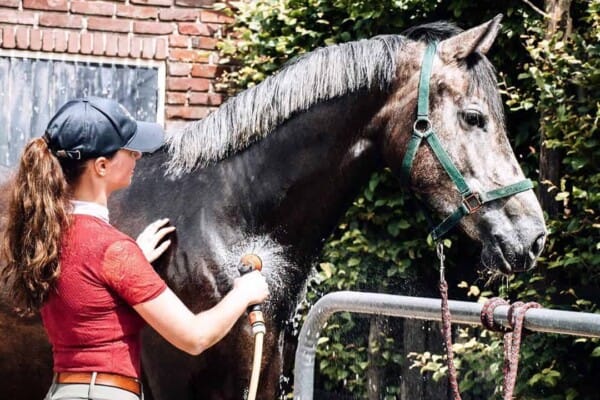
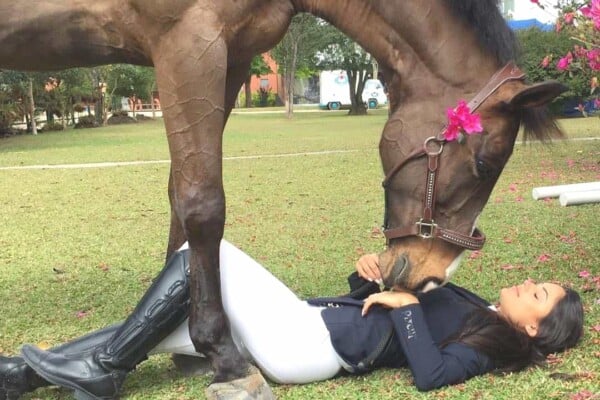
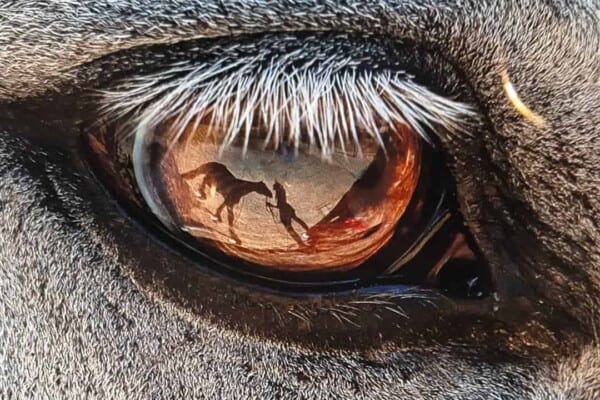
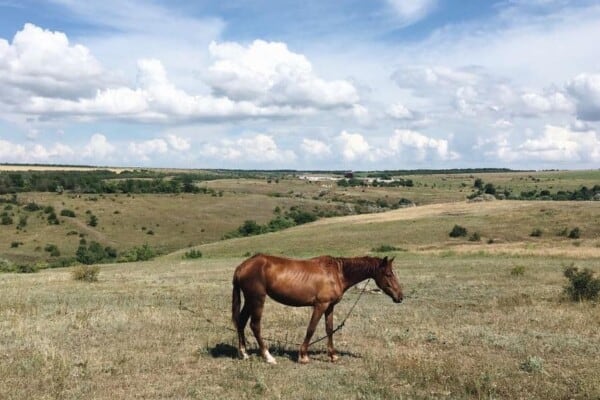
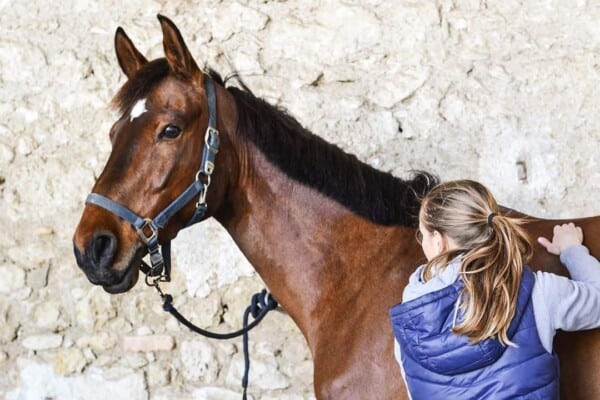
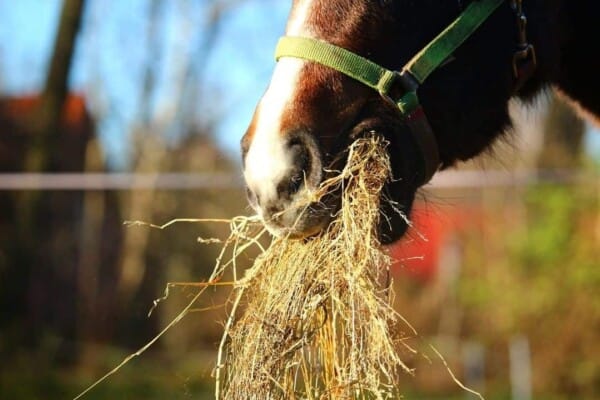
I believe it’s very important to remember that many of the “signs” & “signals” listed here as those meaning the horse is “very irritated, aggravated, stressed &/or are going to [attack] you” are the same common movements made meaning something entirely different or simply self defense against other agitators such as biting flies, asserting pecking order or dominance over other nearby horses or herd, protection of their human against other nearby horses, enjoying being groomed—they make all sorts of funny movements that could be misunderstood if really enjoying a good rub down and the like.
The complete picture needs to be considered, including activity, weather, season, horse sex (stallion, gelding, mare—breeding season), enjoying grooming, near other horses. . .the list goes on and on and unless you have a particularly aggressive horse with a history of mistreatment; these signals, though they can be—are not as often how they’re described here—that they want to attack you!
Most horses that are treated will love and care will give back to their humans and even protect them and try to keep them safe when the horse senses danger that their human may not. Examples: curled lip maybe the horse holding in scents such as a mares urine or heat cycle smells, stomping the ground at flies, holding tail tucked tight when bathing them if water is too cold, grinding teeth while eating because they have a tooth problem, and so on.
Unless their humans have given their horses reason to attack them by being abusive in some manner or another; horses tend to flee over attack. Horses that “attack” as often as described above have serious behavior issues that are a direct result of I’ll fitting tack, the wrong bit, too much pressure on the pole, bars, tongue or pallet, being mishandled, misunderstood, unfairly treated or neglected, have too much pent up energy from being stalled too much, left without a job, enough exercise or time to just be a horse.
Bad habits and aggressive behavior is taught by humans and if a horse does display these behaviors; their human should first find patience, ask their self what they did to create or cause such behaviors in their horse and what they can do to remedy it, reward good behaviors so your horse wants to be good and do what you ask of them—horses want to please you; ask for help from a trainer if need be, one that does not ever ever punish their horses with hitting or whips.
If your horse is acting out in any if these ways mentioned in this story; you must immediately address it by finding the cause or it may cause permanent friction between the horse and humans, but horses are very forgiving, loving, understanding, sensitive, loyal and often protective of their humans, they want compassion, understanding and patience and they’ll give it in return.
I felt it was necessary to state these things because my perception, the overwhelming sense I got and message I felt is being sent via this story was/is: “watch out your horse is a man eater and he wants to kill you.” I believe it fell short in offering alternative meanings of similar behaviors that maybe misjudged for horses acting this way or what some of the causes or remedies of such behaviors could be.
I’m a second generation horsewoman and have owned horses my entire life, competed and trained in many disciplines with many breeds and ran a breeding facility. In all my life I’ve personally only experienced two aggressive horses that ever came at me with the intent of an attack; one was a proud cut gelding being separated from the herd of broodmares he was turned out with in breeding season (before we knew he was proud cut)—he was also misunderstood, “misdiagnosed” and manhandled prior to coming to mu stables, the other was also a gelding, cut late and had been mishandled from the time he was a foal; both geldings came at me on their hind legs boxing at me with both front; this was the first and last time it ever occurred with each of them because it was recognized and handled appropriately and I was lucky it wasn’t too late for them to forgive the causes their aggressive behaviors in the first place.
In the entire life of two women trainers, mother & daughter team, with a good 40+ horses in training, breeding and competition during peak business times; we can count on less than one hand how many times a horse has actually tried “attacking” a human, but when it does happen it’s deadly serious and for the best outcome and to minimize injury or horse and human; it must be addressed BEFORE it gets to that point and MUST be dealt with by the right type of handler or trainer—aggression or punishment towards an aggressive horse is not the answer.
Thank you so much for taking the time to provide such thoughtful advice. Your insights have been incredibly helpful and I really appreciate your willingness to share your expertise with us. We understand we can’t always get it right but we’re very happy when someone like you adds more value to an article.